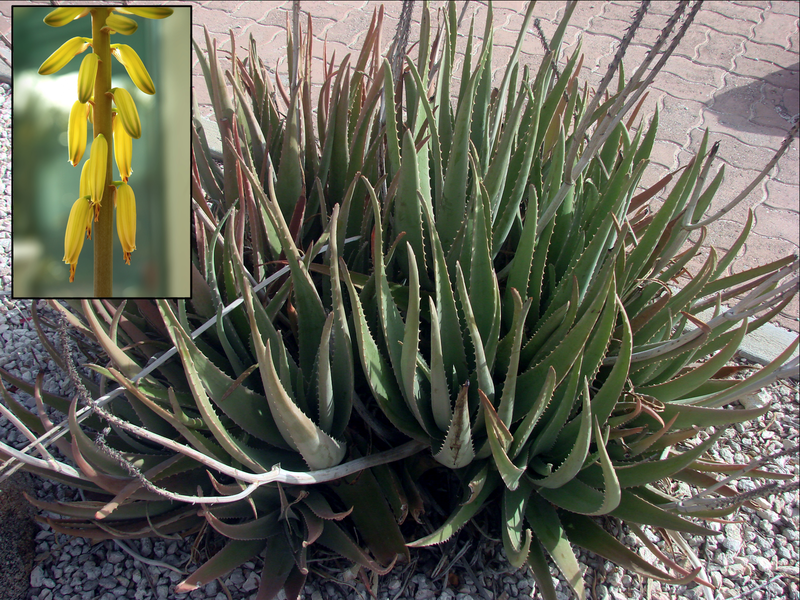Description
Adam’s Needle (Yucca smalliana) is a plant native to the southeastern United States, specifically in the states of Florida, Georgia, and South Carolina. It is a member of the agave family, and is characterized by its long, thin leaves that are typically bluish-green in color. The leaves are pointed at the end, giving the plant its common name.
Adam’s Needle typically grows to a height of 2-3 feet, with a similar spread. It is a slow-growing plant, but it can spread through its rhizomes, forming clumps over time. The plant produces white, bell-shaped flowers in the summer, which are often fragrant and attractive to pollinators such as bees.
Adam’s Needle prefers well-drained soils and full sun, and can tolerate drought conditions once it is established. It is winter hardy in most parts of its native range, but may require some protection from extreme cold in some areas.
The leaves of Adam’s Needle can be used for weaving, and the plant has been used medicinally by Native American tribes for a variety of ailments. However, it is important to note that all parts of the plant are potentially toxic if ingested, so it is not recommended for use as a food source.
Adam’s Needle is also valued by wildlife, providing cover and nesting sites for birds and other animals.
